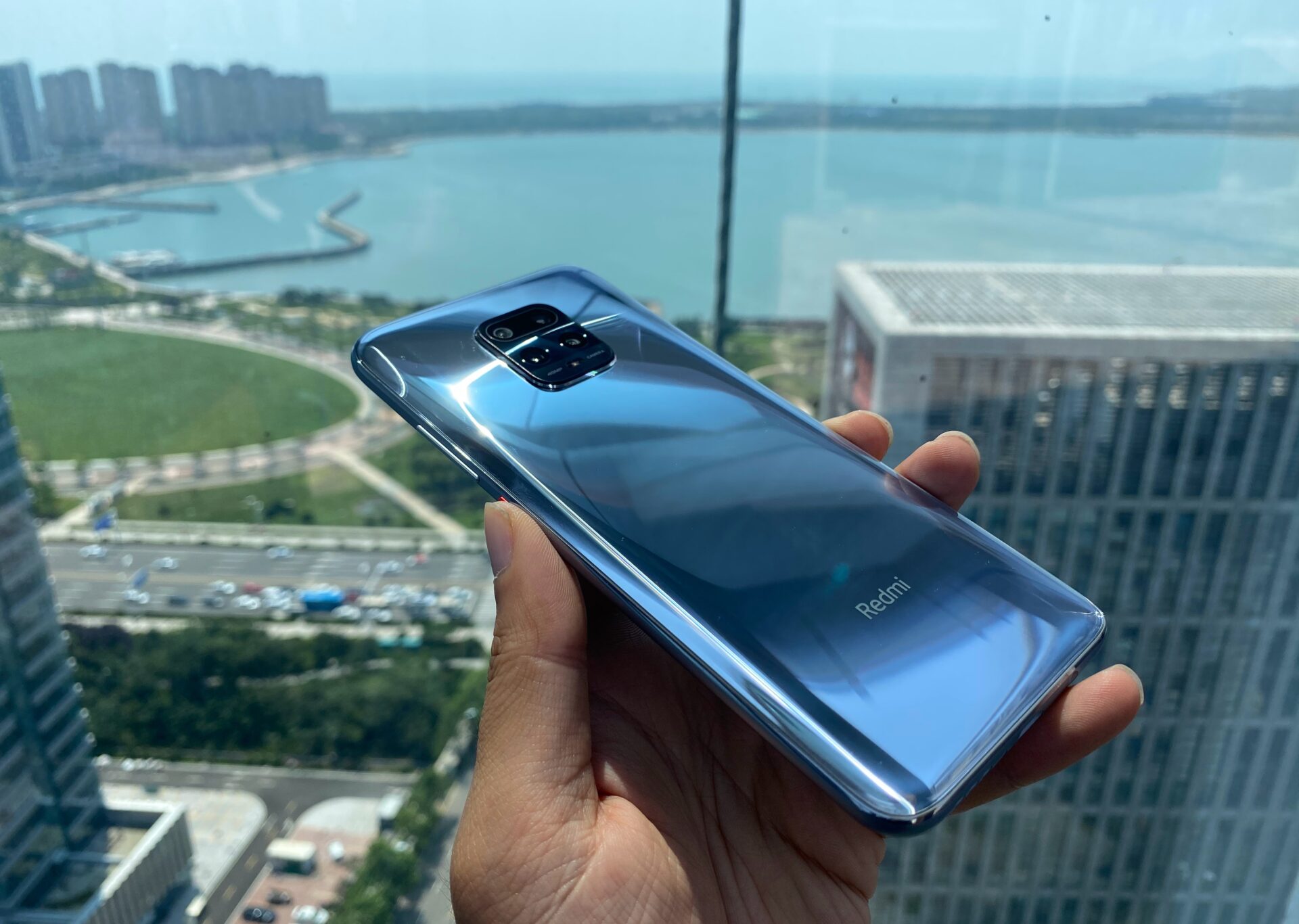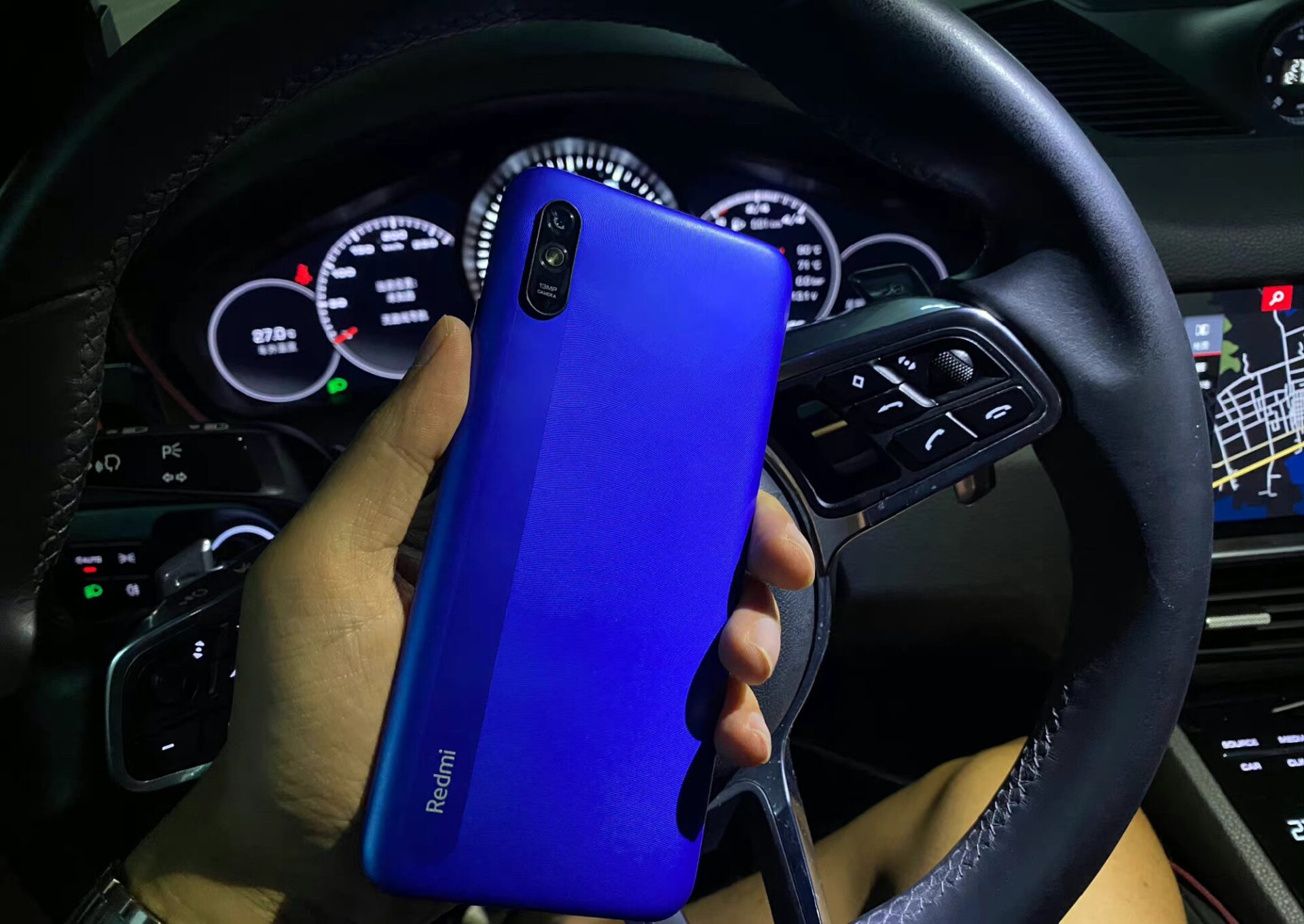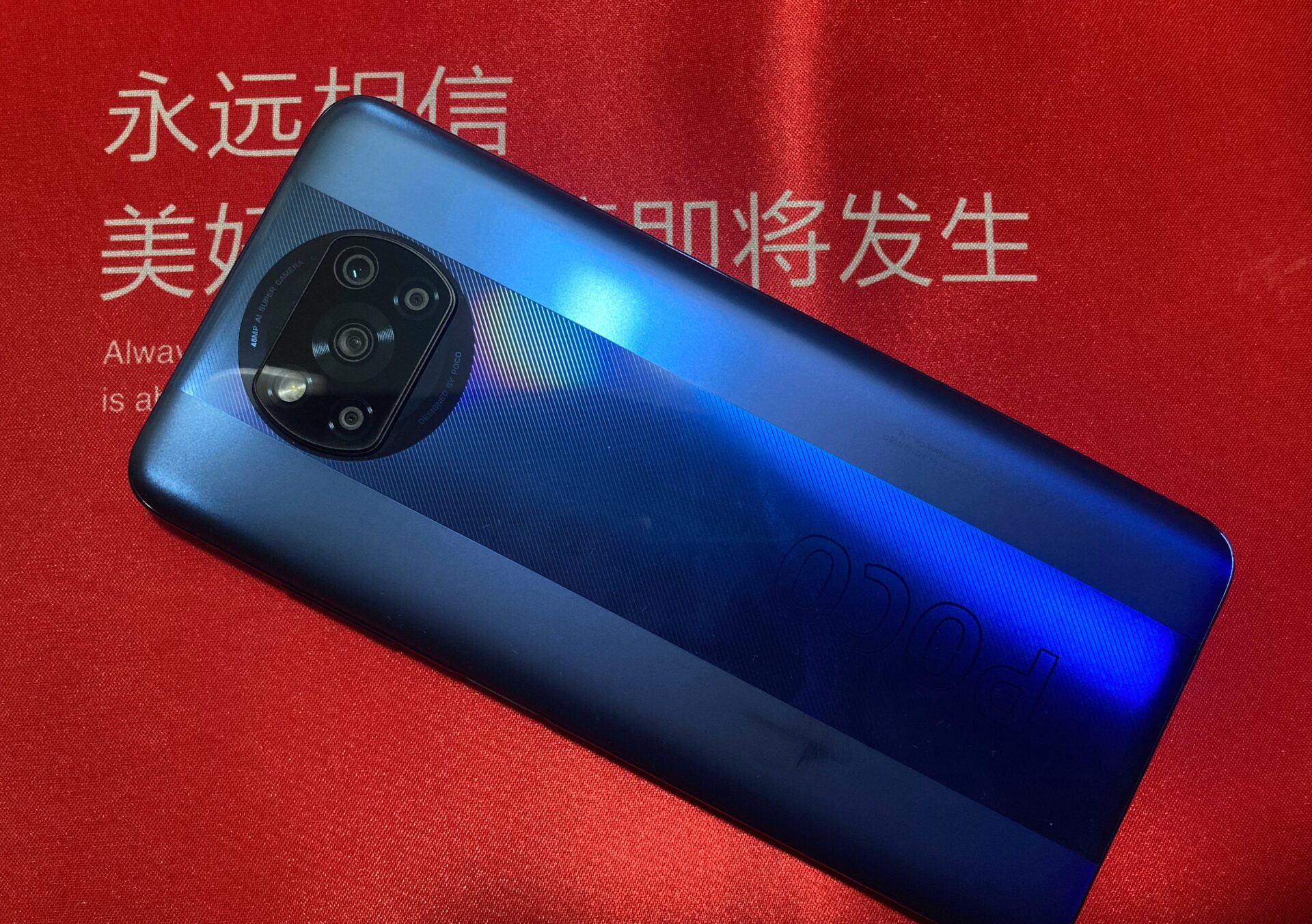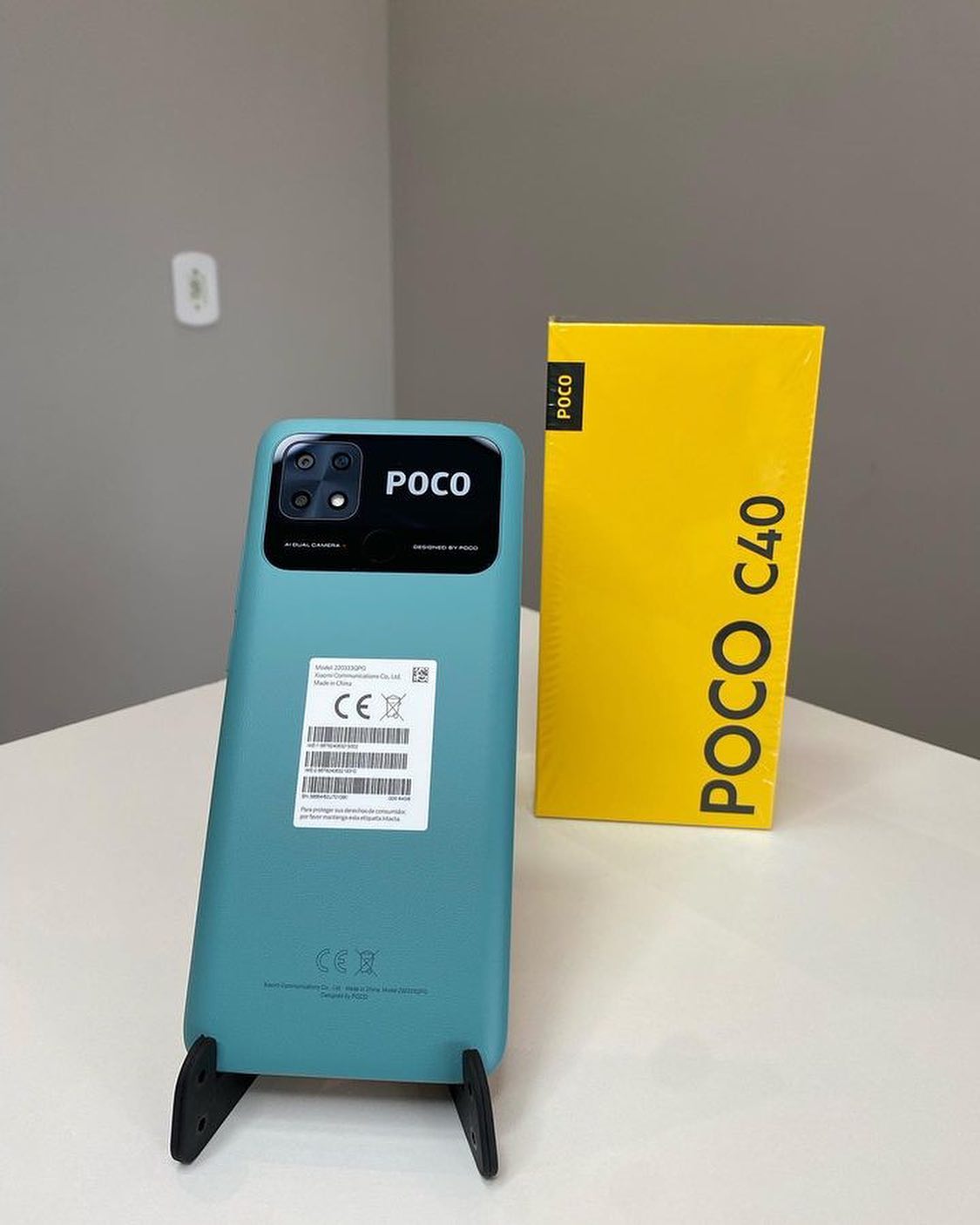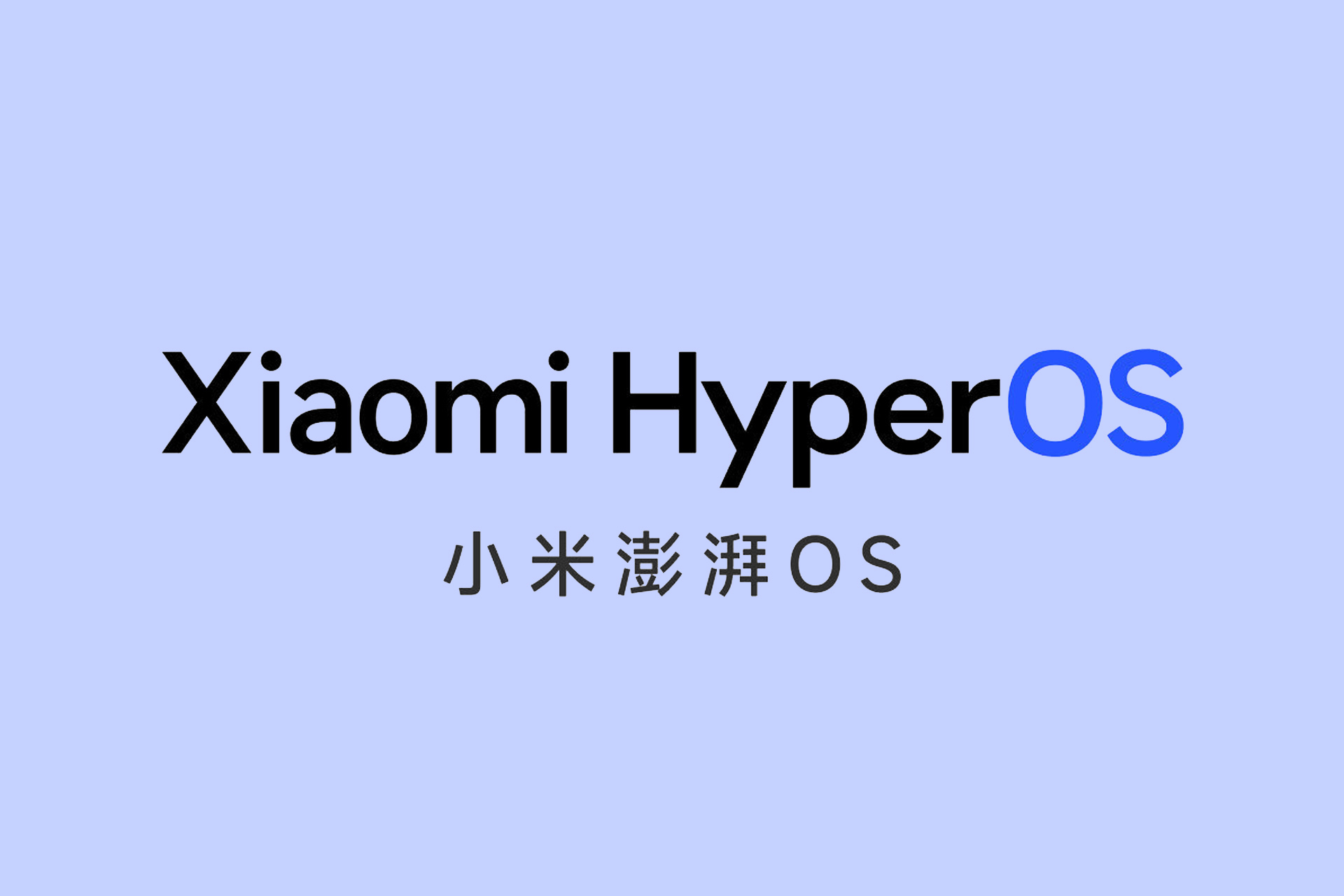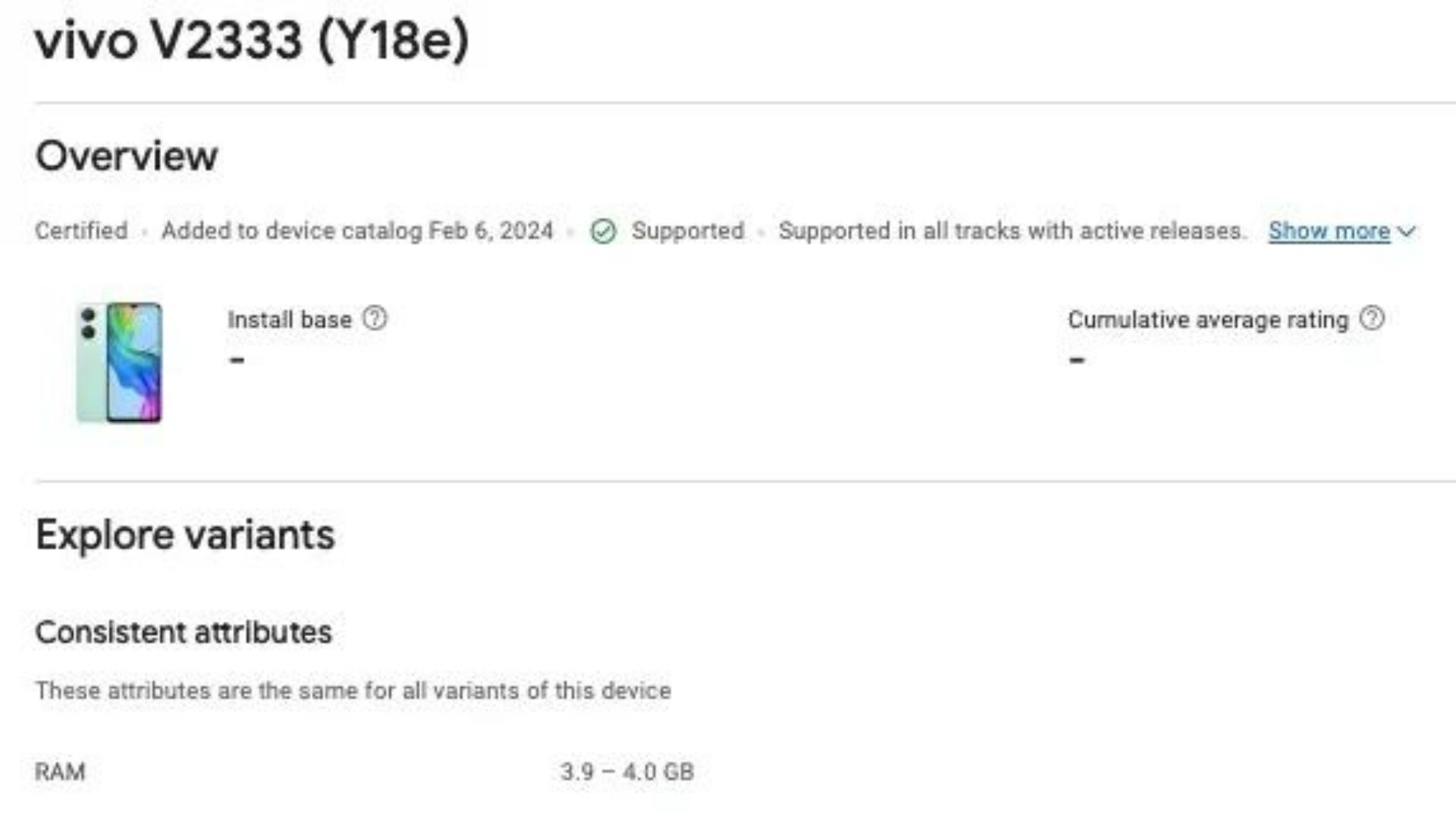One of the well-known players in the smartphone industry is Xiaomi. The stable version of the highly anticipated HyperOS update will be rolled out in December. This update is expected to bring numerous new features and optimizations that promise to improve the user experience.
As of now, however, Xiaomi has not made an official announcement regarding the list of devices that will receive the HyperOS update. In this comprehensive article, we’ll take a look at the devices that are likely to receive the update, those that might miss out, and the factors that influence these decisions. If you’re eagerly awaiting the HyperOS update for your Xiaomi, POCO or Redmi device, continue reading for a detailed overview of the situation.
Table of Contents
Devices Set to Receive HyperOS Update
Let’s start by discussing the devices that have a high probability of receiving the HyperOS update. Xiaomi has historically been committed to providing updates to its users, especially for devices that are relatively recent or were promised updates for an extended period. Here is a breakdown of the Xiaomi, POCO, and Redmi devices that are expected to be upgraded to HyperOS:
Xiaomi
One of Xiaomi Corporation’s leading brands, Xiaomi, has a large number of devices that are likely to receive the HyperOS update. While the official release date is expected in December, Xiaomi has divided its devices into different release schedules.
- Xiaomi 13T Pro
- Xiaomi 13T
- Xiaomi 13 Ultra
- Xiaomi 13 Pro
- Xiaomi 13
- Xiaomi 13 Lite
- Xiaomi 12T Pro
- Xiaomi 12T
- Xiaomi 12 Lite 5G
- Xiaomi 12S Ultra
- Xiaomi 12S Pro
- Xiaomi 12S
- Xiaomi 12 Pro Dimensity
- Xiaomi 12 Pro
- Xiaomi 12
- Xiaomi 12X
- Xiaomi 11T Pro
- Xiaomi 11T
- Xiaomi 11 Ultra
- Xiaomi 11 Pro
- Xiaomi 11
- Xiaomi Mi 11X
- Xiaomi Mi 11X Pro
- Xiaomi Mi 11i
- Xiaomi 11i / 11i Hypercharge
- Xiaomi 11 Lite 5G NE
- Xiaomi 10S
- Xiaomi 10 Ultra
- Xiaomi 10 Pro
- Xiaomi 10
- Xiaomi MIX FOLD
- Xiaomi MIX FOLD 2
- Xiaomi MIX FOLD 3
- Xiaomi MIX 4
- Xiaomi Civi
- Xiaomi Civi 1S
- Xiaomi Civi 2
- Xiaomi Civi 3
- Xiaomi Pad 6 / Pro / Max
- Xiaomi Pad 5
- Xiaomi Pad 5 Pro 5G / Pad 5 Pro Wifi
It’s important to note that Xiaomi’s premium models will be among the first to receive the HyperOS update in 2023, while the older and more affordable models are expected to follow suit in 2024. Xiaomi has consistently given priority to its flagship series over the Redmi series when it comes to updates, and this trend continues with HyperOS.
POCO
Xiaomi’s sub-brand POCO has gained popularity for its value-for-money devices. The HyperOS update will include the following POCO devices:
- POCO F5 Pro
- POCO F5
- POCO F4 GT
- POCO F4
- POCO F3
- POCO F3 GT
- POCO X6 Neo
- POCO X6 5G
- POCO X5 Pro 5G
- POCO X5 5G
- POCO X4 GT
- POCO X4 Pro 5G
- POCO M6 Pro 5G
- POCO M6 Pro 4G
- POCO M6 5G
- POCO M5s
- POCO M5
- POCO M4 Pro 5G
- POCO M4 Pro 4G
- POCO M4 5G
- POCO C55
- POCO C65
While POCO devices are on the list for HyperOS updates, it’s worth noting that the update rollout for POCO devices is expected to be slightly slower compared to Xiaomi devices.
Redmi
Xiaomi’s other sub-brand, Redmi, has a wide range of devices that appeal to various segments of the market. Xiaomi’s approach to updating Redmi devices differs between the Chinese and Global markets. In China, Xiaomi tends to prioritize Redmi devices for updates. Here is the comprehensive list of Redmi devices expected to receive the HyperOS update:
- Redmi K40
- Redmi K40S
- Redmi K40 Pro / Pro+
- Redmi K40 Gaming
- Redmi K50
- Redmi K50i
- Redmi K50i Pro
- Redmi K50 Pro
- Redmi K50 Gaming
- Redmi K50 Ultra
- Redmi K60E
- Redmi K60
- Redmi K60 Pro
- Redmi K60 Ultra
- Redmi Note 10T
- Redmi Note 10S / Redmi Note 11SE India
- Redmi Note 11E / Redmi 10 5G / Redmi 11 Prime 5G
- Redmi Note 11R
- Redmi 10C / Redmi 10 Power
- Redmi 11 Prime 4G
- Redmi Note 11 4G / 11 NFC 4G
- Redmi Note 11 5G / Redmi Note 11T 5G
- Redmi Note 11S
- Redmi Note 11S 5G
- Redmi Note 11 Pro 4G
- Redmi Note 11 Pro 5G / Redmi Note 11E Pro
- Redmi Note 11 Pro+ 5G
- Redmi Note 11T Pro / 11T Pro+
- Redmi Note 12 4G / 4G NFC
- Redmi 12C
- Redmi 12
- Redmi Note 12 Turbo
- Redmi Note 12T Pro
- Redmi Note 12 Pro Speed
- Redmi Note 12 Pro 5G / Pro+ 5G / Discovery
- Redmi Note 12S
- Redmi Note 12R / Redmi 12 5G
- Redmi Note 12 5G / Note 12R Pro
- Redmi Note 13 4G / 4G NFC
- Redmi Note 13 5G
- Redmi Note 13 Pro 4G
- Redmi Note 13 Pro 5G
- Redmi Note 13 Pro+ 5G
- Redmi Note 13R Pro
- Redmi 13C
- Redmi 13C 5G
It’s important to mention that Xiaomi prioritizes the Chinese market for Redmi devices when it comes to HyperOS updates.
Devices That May Miss Out on HyperOS
While there is excitement and anticipation surrounding the HyperOS update, it’s essential to recognize that not all devices will receive this update. Xiaomi has made it clear that certain devices will not be included in the update rollout, citing compatibility and other factors as the reasons. Here’s a list of devices that might not receive the HyperOS update:
Redmi K30 Series
The Redmi K30 series, encompassing Redmi K30, Redmi K30 5G, Redmi K30 Racing, Redmi K30i, and variants like Mi 10T, Pro, and POCO F2 Pro, is unlikely to be part of the HyperOS update. While Xiaomi has officially mentioned their exclusion, it’s a combination of hardware constraints and strategic decisions that suggest these devices may not receive the update. Users of these devices should prepare for the possibility of not receiving the latest MIUI update, which could limit their access to new features and improvements.
Redmi Note 9 Series
The Redmi Note 9 series, including Redmi Note 9, Redmi Note 9 5G, Redmi Note 9T, Redmi Note 9 Pro, Redmi Note 9 Pro Max, and Redmi Note 9S, is not expected to receive the HyperOS update. Although the exact reasons for their exclusion are not specified, it’s likely that factors such as hardware capabilities and performance limitations play a role. Unfortunately, users of these devices may have to continue using the current MIUI version and will not be able to enjoy the enhancements and optimizations brought by HyperOS.
Redmi 10X and Redmi 10X 5G
The Redmi 10X and Redmi 10X 5G are also unlikely to receive the HyperOS update. Various factors, such as hardware limitations or strategic decisions made by Xiaomi, may contribute to their exclusion from the HyperOS rollout. While it’s disappointing for users of these devices, they should be aware that they may not have access to the new features and improvements introduced in HyperOS.
Redmi 9 Series
Regrettably, the Redmi 9 series, consisting of Redmi 9, Redmi 9C, Redmi 9A, Redmi 9 Prime, Redmi 9i, Redmi 9 Power, and Redmi 9T, will not receive the HyperOS update. Xiaomi has decided to exclude these devices from the update rollout, potentially due to hardware limitations or strategic considerations. Users of these devices may need to continue using the current MIUI version, missing out on the new features and optimizations offered by HyperOS.
POCO M2, POCO M2 Pro, POCO M3, and POCO X2
The likelihood of the POCO M2, POCO M2 Pro, POCO M3, and POCO X2 receiving the HyperOS update is low. While Xiaomi has not officially confirmed their exclusion, factors such as hardware capabilities and performance considerations may influence this decision. It is unfortunate for users of these devices, as they may not have the opportunity to experience the latest features and enhancements introduced in HyperOS. One of the primary reasons is the outdated System-on-a-Chip (SoC) in these devices.
POCO X3 and POCO X3 NFC
Surprisingly, even though the Redmi Note 10 Pro, and Mi 11 Lite use the same processor as the POCO X3, the POCO X3 series will not receive the HyperOS update.
Redmi Note 10 and Redmi Note 10 Lite
These popular mid-range devices from Xiaomi’s sub-brand, Redmi, are strong candidates for the HyperOS update. However, they did not even receive the Android 13 update, leaving users uncertain about their prospects for HyperOS.
Redmi A1, POCO C40, and POCO C50
The Redmi A1, POCO C40, and POCO C50, being budget devices with dedicated fan bases, have generated speculation regarding their potential to receive the HyperOS update. However, it’s worth noting that these devices didn’t even receive the MIUI 14 update. This raises doubts about their chances for HyperOS. An important factor contributing to the uncertainty is the devices old and outdated System-on-Chip (SoC). This aging hardware may pose limitations in terms of performance and compatibility with the latest MIUI updates, making it less likely for users of these devices to benefit from the latest features and improvements introduced in the upcoming update.
Conclusion
The HyperOS update is generating considerable excitement among Xiaomi users, but there is still a shroud of uncertainty surrounding the devices that will receive this update. Xiaomi has not officially confirmed the list of compatible devices and the decision is influenced by several factors, including hardware capabilities, performance considerations, and user demand.
As the launch of HyperOS nears, Xiaomi is expected to make an official statement regarding device compatibility and provide much-needed clarity to its customer base. Users of devices that will not receive the update should be prepared for the possibility of missing out on new features and improvements offered in HyperOS. While the anticipation is palpable, Xiaomi’s final word will be the ultimate determinant of the devices that will benefit from the HyperOS experience.




